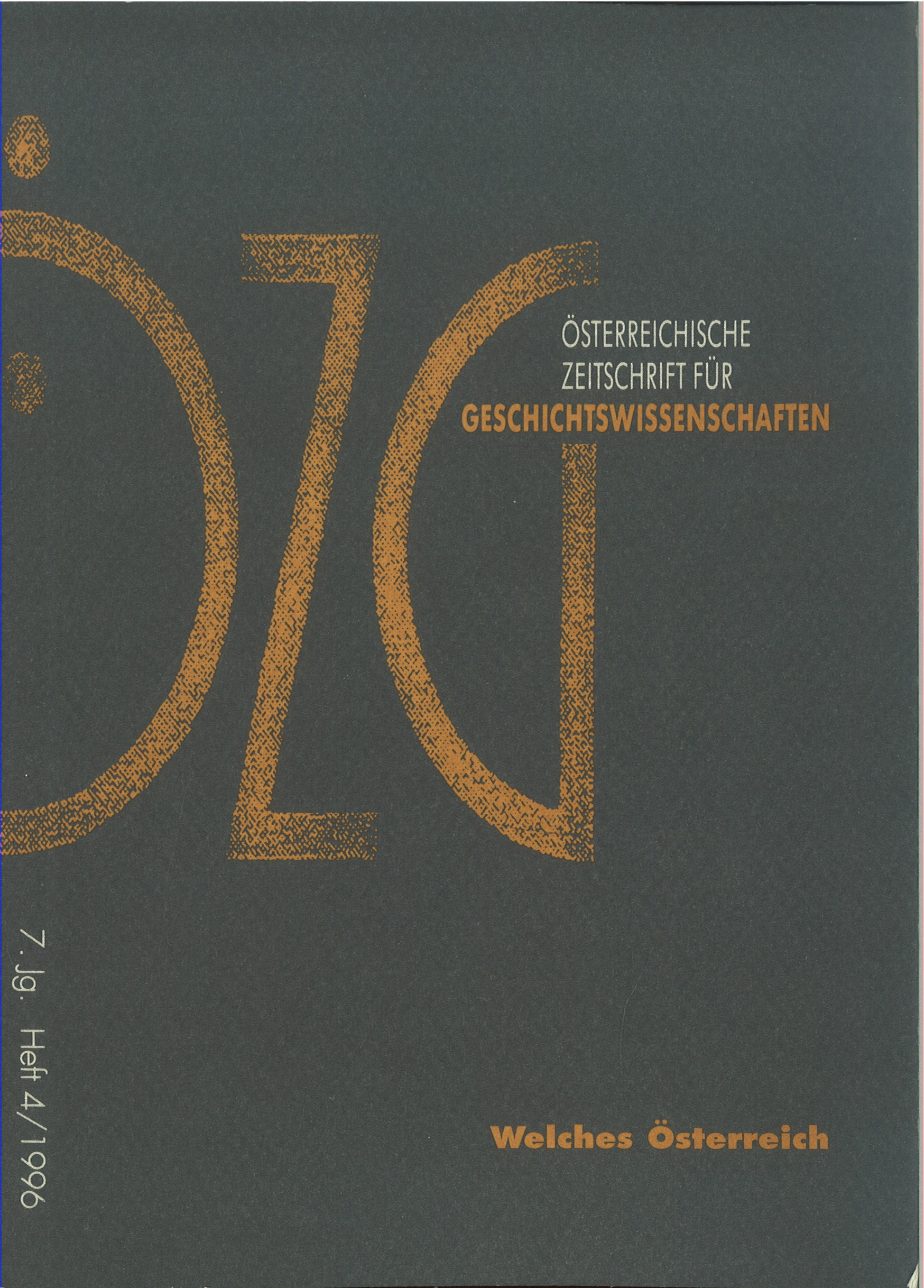Archäologie und Ethnizität
Awaren, Karantanen, Mährer im 8. Jahrhundert
DOI:
https://doi.org/10.25365/oezg-1996-7-4-3Abstract
The author poses the question as to whether or not it is possible to draw conclusions about the ethnic consciousness of the Avars on the basis of archaeological findings from the 8th century. As currently used in the historical and social science literature the term ,ethnicity' usually refers to communities who differentiate themselves from other groups in terms of their language, history, origins, religion, dress, material culture etc., and who create a sense of belonging together from that consciousness. The author outlines the present state of knowledge about the Avars, which is predominantly based on the results of excavations of Avar burial sites. Avarian culture emerged in the Carpathian basin from the 6th century onwards at a point where the byzantine culture of the east came into contact with the bavarian-frankish culture to the west. However, owing to the fact that most of our knowledge of the Avars' culture is based upon fragmentary material evidence - nothing of their oral traditions has survived - it is very difficult to come to any firm conclusions as to their sense of ethnicity.


